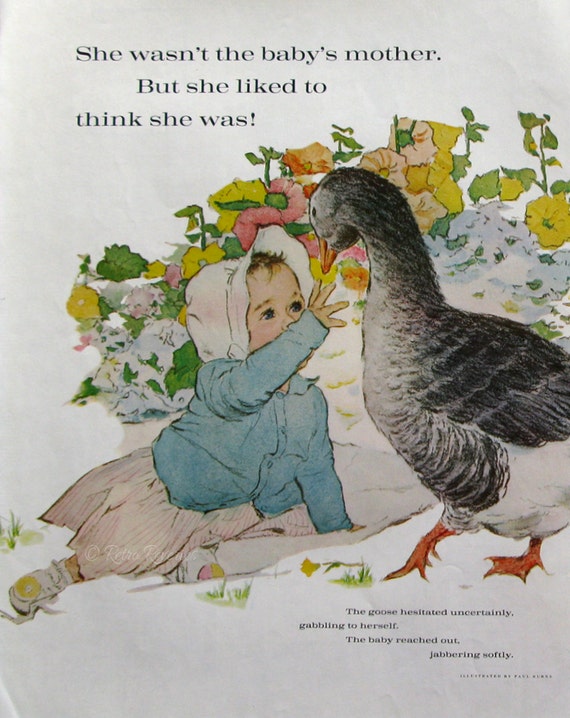

That firm released the second edition of the book in 1901, which included Baum's Introduction to the volume. The rights to Mother Goose in Prose were acquired by Baum's new publisher the George M.

Way & Williams, the book's publisher, went out of business in 1898. The stories in the collection were also published individually as part of a promotional effort: Pettijohn's Breakfast Food offered the stories to its customers in return for mailed-in labels. Parrish's illustrations were also issued separately in portfolio Parrish is known to have signed 27 sets. In the third selection, on the well-known "Hey, diddle, diddle" rhyme, Baum writes to his child readers, "Perhaps you think this verse is all nonsense, and that the things it mentions could never have happened but they did happen, as you will understand when I have explained them all to you clearly." His tactic in the book is to take the often-nonsensical nursery rhymes and weave coherent, or at least self-consistent, stories from them. Twelve of the stories are complemented with black-and-white illustrations by Parrish.īaum gives the stories English settings and ambience, with mentions of London, the Sussex downs, and the River Dee. The book contained 22 prose fables based on famous nursery rhymes:

It was published in 1897 by Way & Williams. It was also the first book illustrated by Maxfield Parrish.


 0 kommentar(er)
0 kommentar(er)
